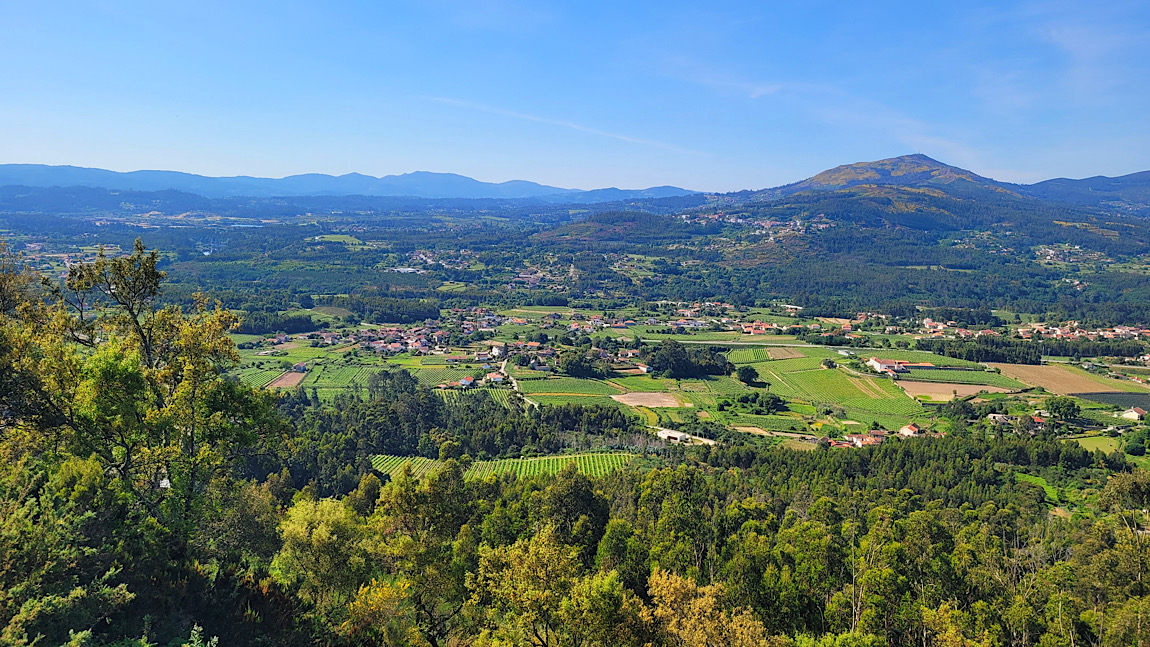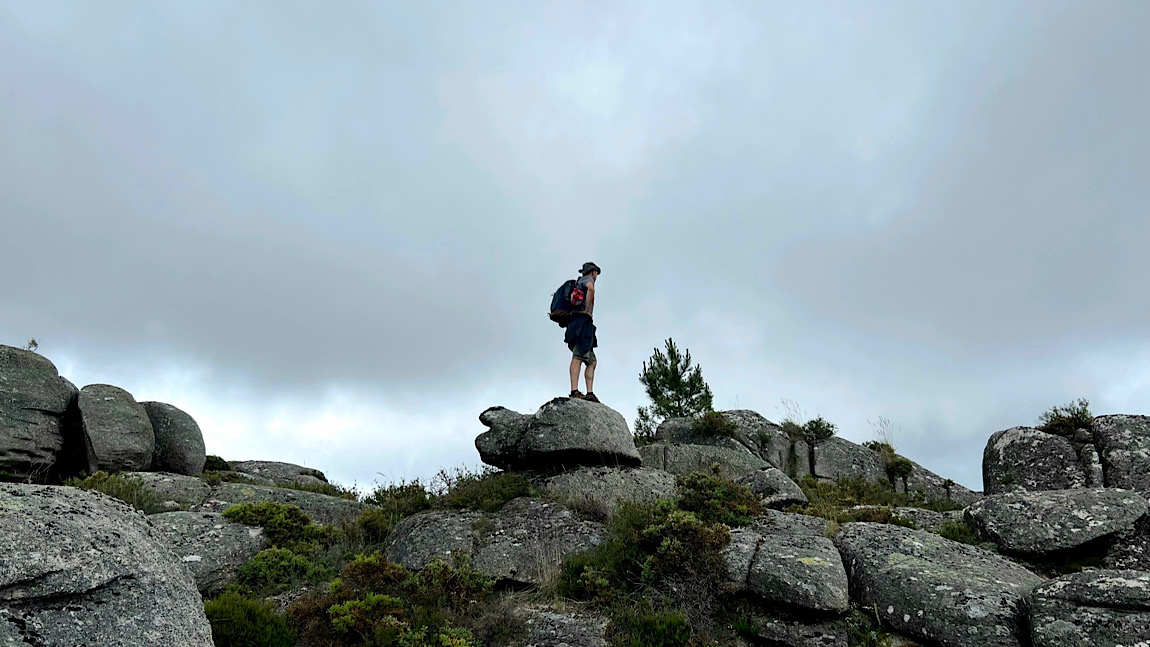SCENARIO 1
Suppose you arrive in Monção or Melgaço from Oporto airport or any other part of Portugal. Stay there. The next day, set off with us to discover this magnificent sub-region of Vinho Verde, which is also part of the Alvarinho/Albariño Territory. And take a journey through the history of this white grape variety, which, if not native to this region, was brought here a long, long time ago. And whose omnipresence ended up moulding the landscape, while at the same time becoming an element in the production of culture. Without it and without its value, the panorama of this area of the north-west of the Iberian Peninsula would be very different.

In the late afternoon, once the tour is over, you can cross the River Miño to Salvaterra and take a few laps around the small town to enjoy the vineyards of Condado do Tea. Then take the opportunity to sit down and savour some "tapas", immediately jumping into the Galician/Spanish way of life. All while tasting Albariño wine from this sub-zone of the Rías Baixas, the other part of the Alvarinho/Albariño Territory.
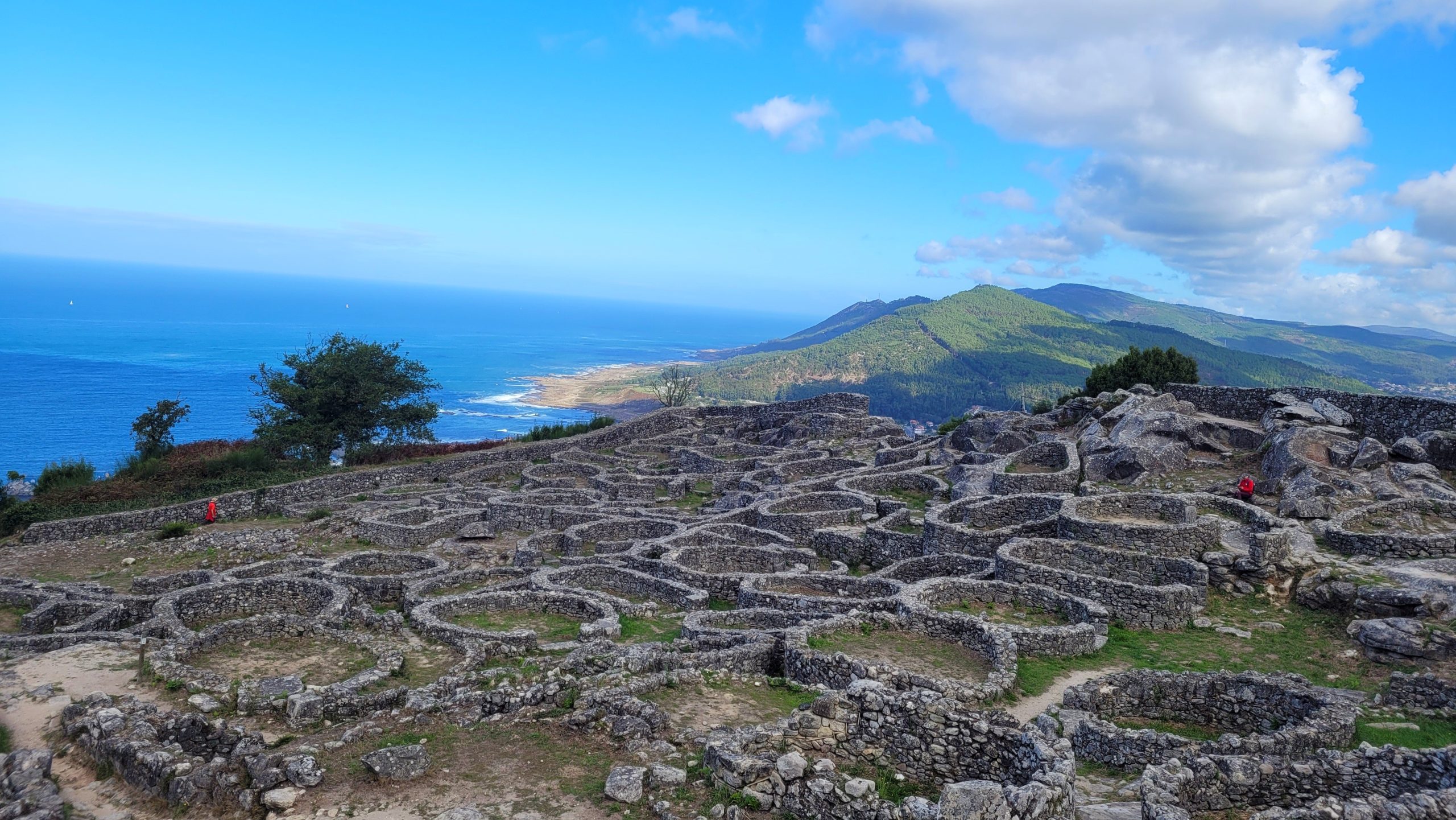
The next day, leave early and drive calmly to Valença, cross the border to the medieval town of Tui and head towards the mouth of the River Miño, in the direction of A Guarda (La Guardia). Before you know it, you'll be in another sub-area of the Rías Baixas: O Rosal. When you reach A Guarda, climb up to the Castro de Santa Trega. It's essential to do so, as you'll find the fascinating ruins of a Celtic - Castro settlement (National Historic Artistic Monument - Spain). And a view of the ocean and the estuary of the River Miño that will petrify your eyes.
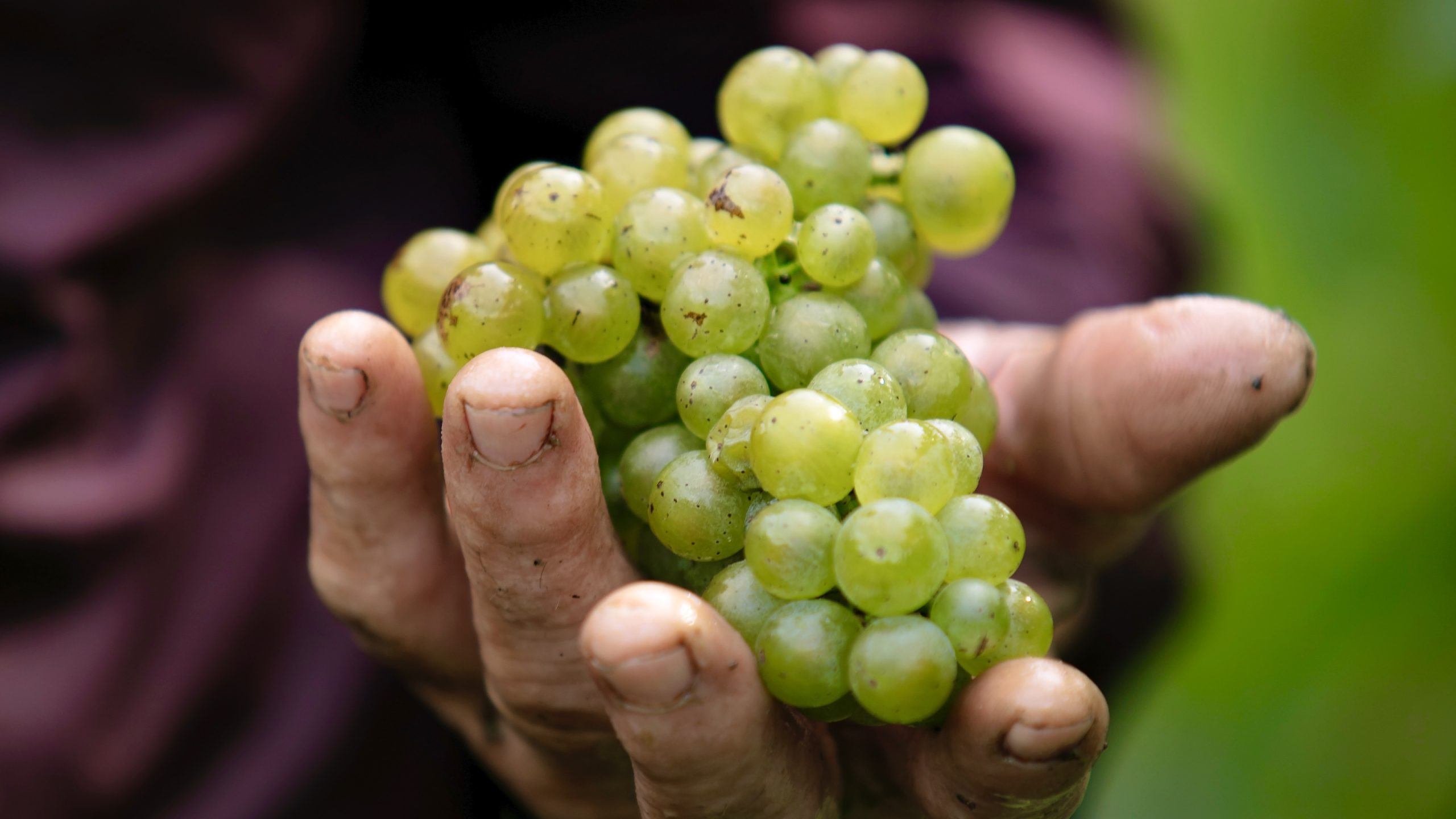
Head back down the winding road and stop in the harbour area of A Guarda. Take the opportunity to have lunch and sample some Albariño from O Rosal. Then continue on to Baiona, always by the sea. Around 30 kilometres of pure visual wonder. You might want to stop there and take a walk around the long walled area. It's tempting and truly rewarding.
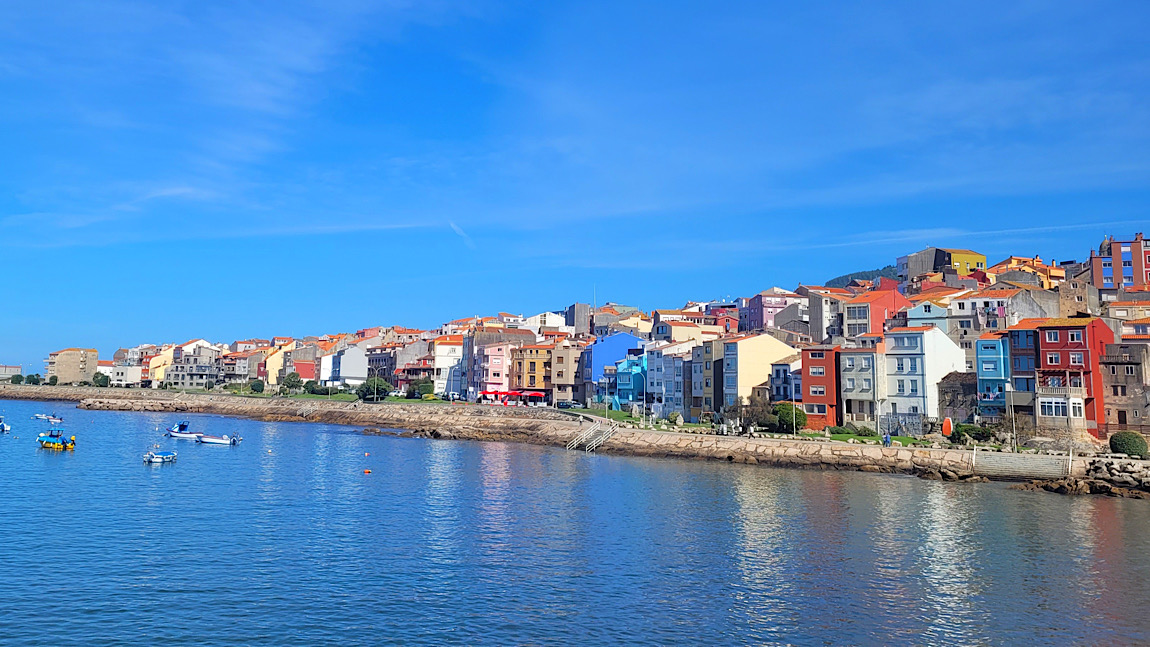
Then head to Vigo. Overnight in the vibrant maritime and fishing city steeped in history, and enjoy a fish or seafood dinner to accompany your meal with Alvarinho from Soutomaior or Ribeira do Ulla, two other sub-areas of the Rías Baixas. The next day, set off to discover the Val de Salnés, the last sub-area. If you want a truly sublime experience, call on the services of our Galician partners and take a tour with them. And so your summarised journey of discovery of the Alvarinho/Albariño Territory is complete. But we're sure you'll want to come back and explore the territory in more depth.
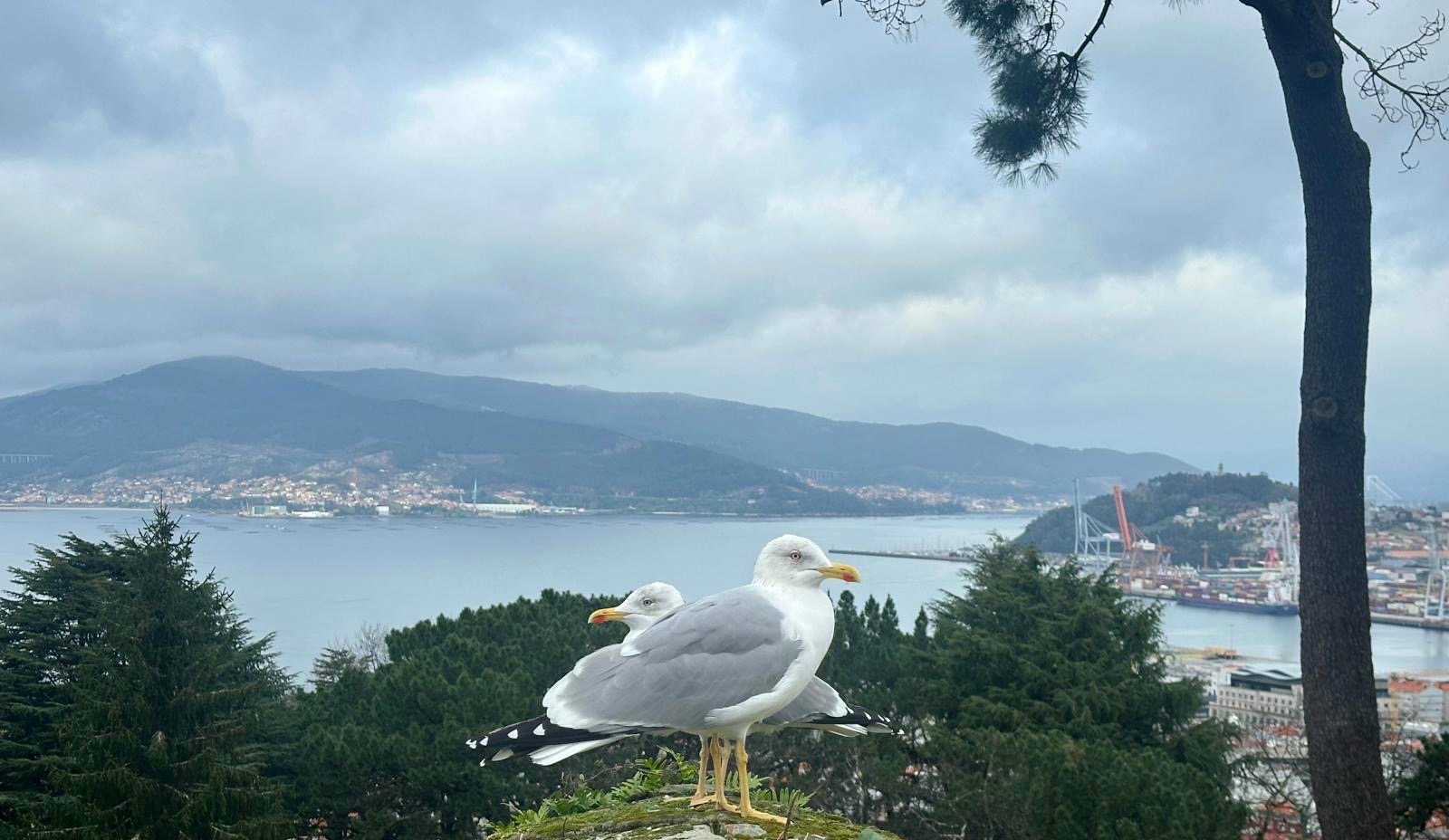
SCENARIO 2
But let's take a step back. Suppose you're in Monção or Melgaço for a few days and you'd like to explore the Rías Baixas, but you don't have your own car. No problem. We can arrange transport to Vigo and from there you can take a full-day discovery tour with our Galician partners. Or hire a car and do it yourself. It's up to you. The opposite, being in the Rías Baixas and wanting to come and spend a day in Monção and Melgaço, is equally valid and under the same conditions.
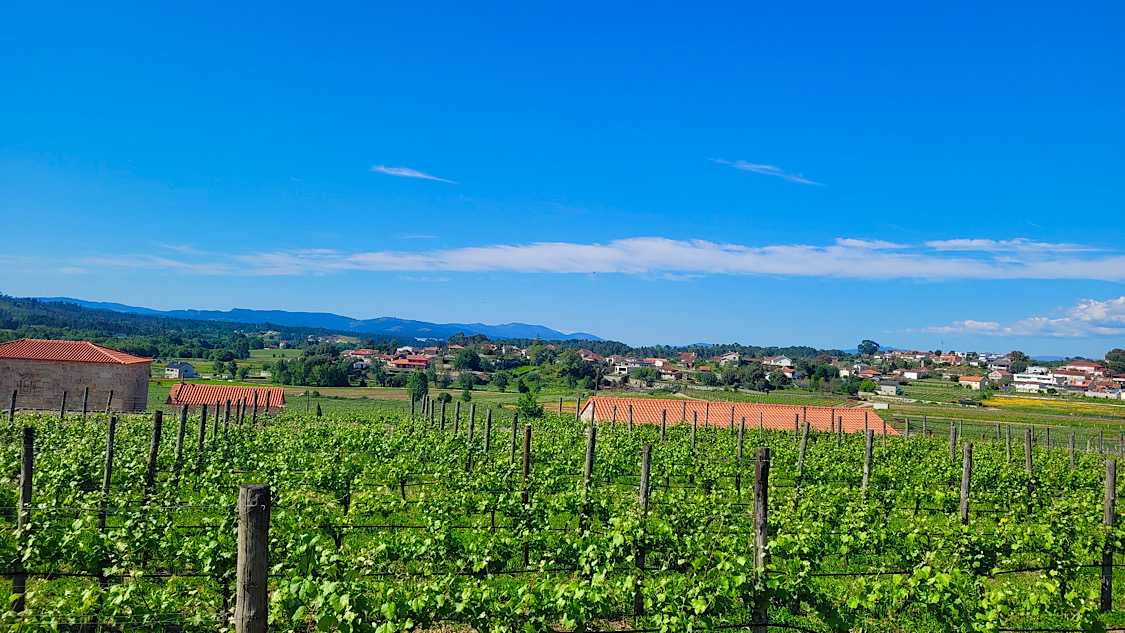
SCENARIO 3
Now imagine arriving by high-speed train in Vigo from Madrid (or elsewhere). Or by aeroplane. Sleep in the city. Simply hire a car for the next day via an app. First thing in the morning head towards Baiona, the graceful. Then continue on to Monção, taking the opposite route to the one proposed in SCENARIO 1. Overnight in Monção or Melgaço. The next day take the discovery tour with us. In the late afternoon you can return to Vigo (approximately 30 minutes) or stay on the Portuguese side for another night. From Vigo continue exploring the Rías Baixas: Soutomaior, Ribeira do Ulla and Val de Salnés. On your own or with our local partners, who guarantee you a completely different and highly enriching experience. And don't miss a boat trip on the Vigo estuary. And take the opportunity to visit the Atlantic islands. A splendour, you'll see.

To summarise, discovering the Alvarinho/Albariño Territory is an experience to remember, as it allows you to explore a truly unique cultural, historical and landscape universe. Where the Saint James Way and their mysteries intertwine with the history of border relations. With the reminiscences of the pre-Roman Celtic - Castro period. With the vigour of ancestral traditions that provide the substrate and foundations for modernity.
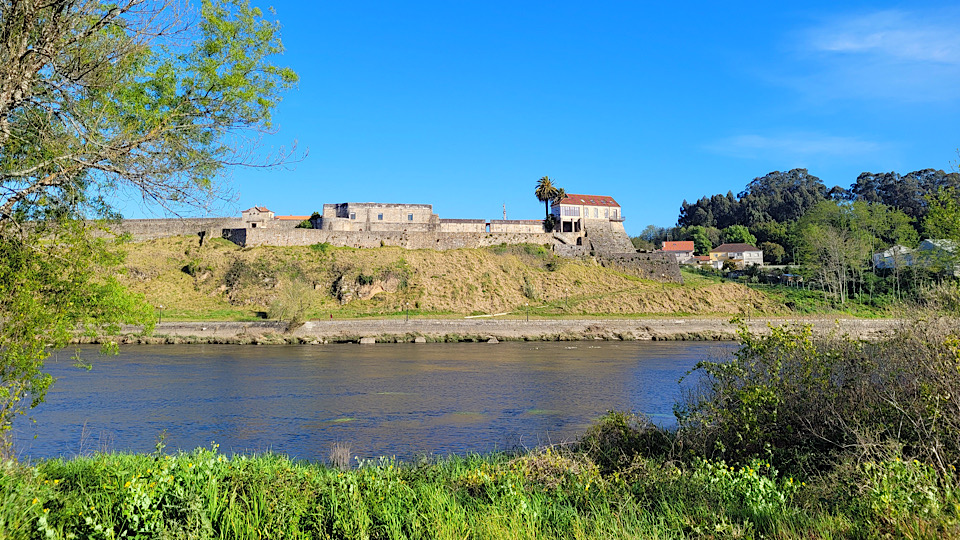
All of this is duly tempered by geological and micro-climatic variations and by the different practices and customs that make each of the sub-zones unfold into a multiplicity of terroirs. And that results in varied and expressive wines. Diversity in uniqueness, that is the richness of this superb territory open to the world.
